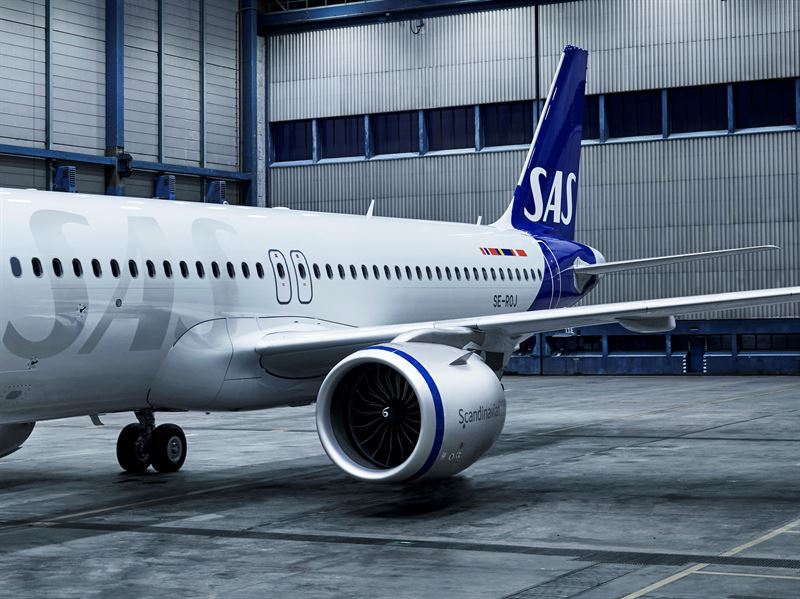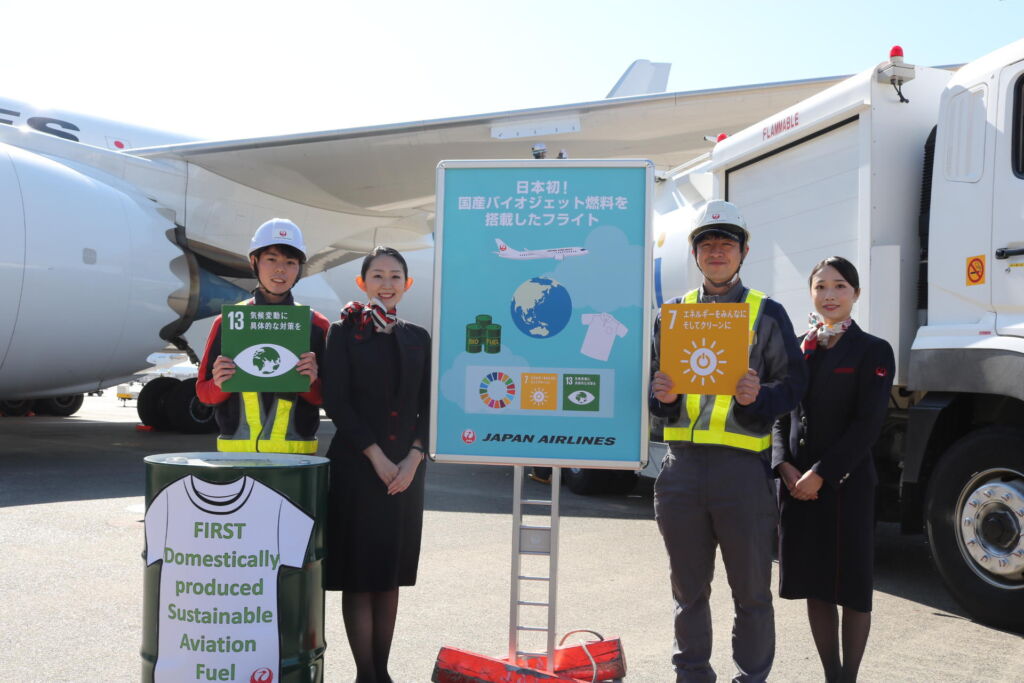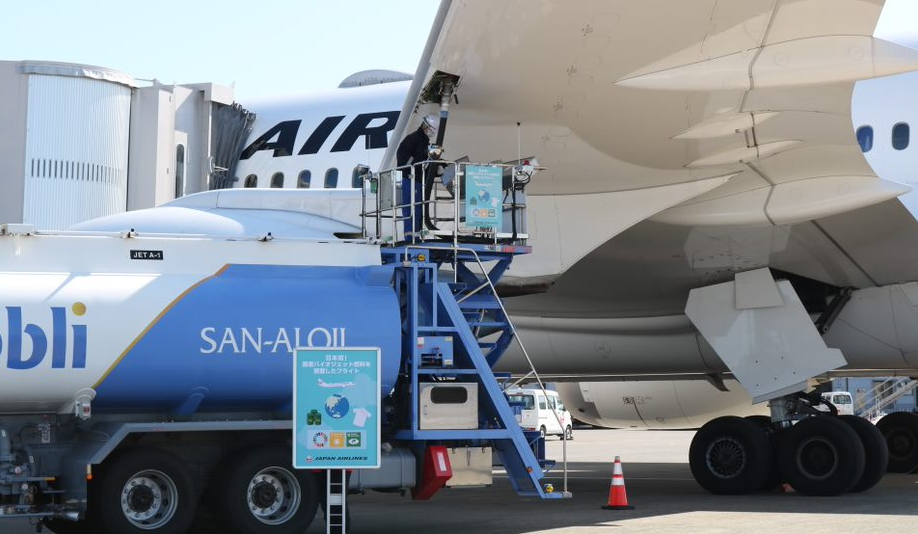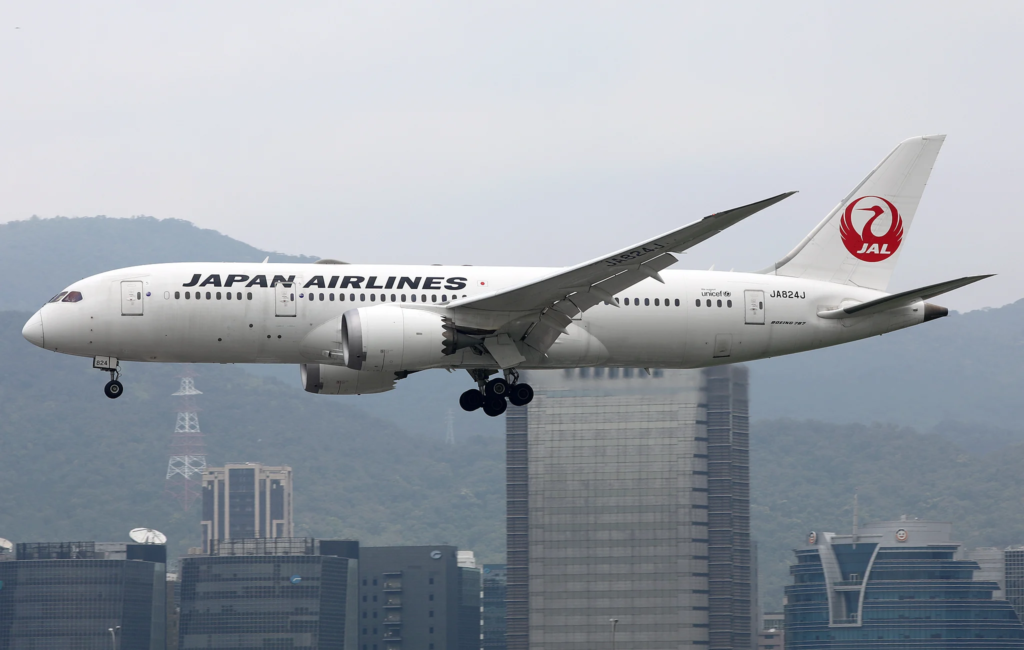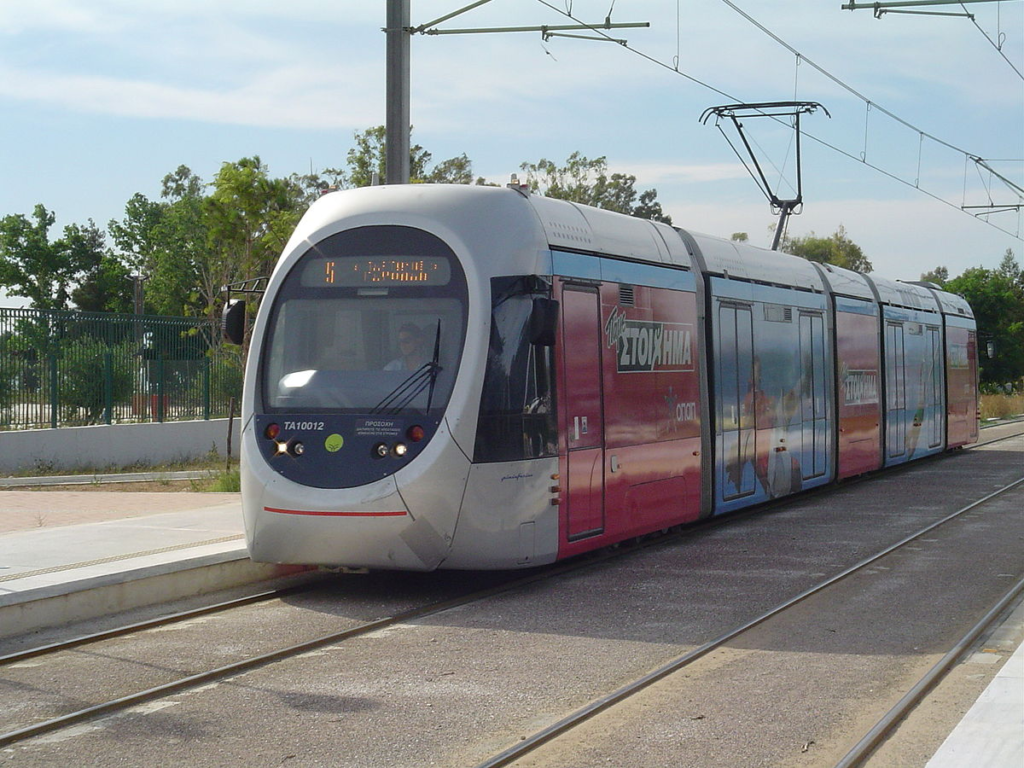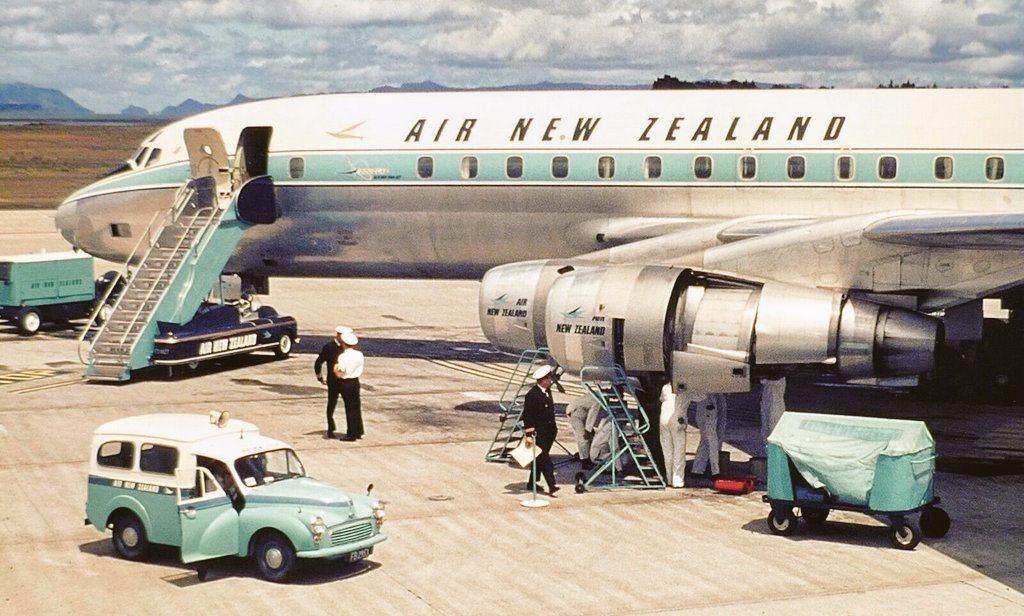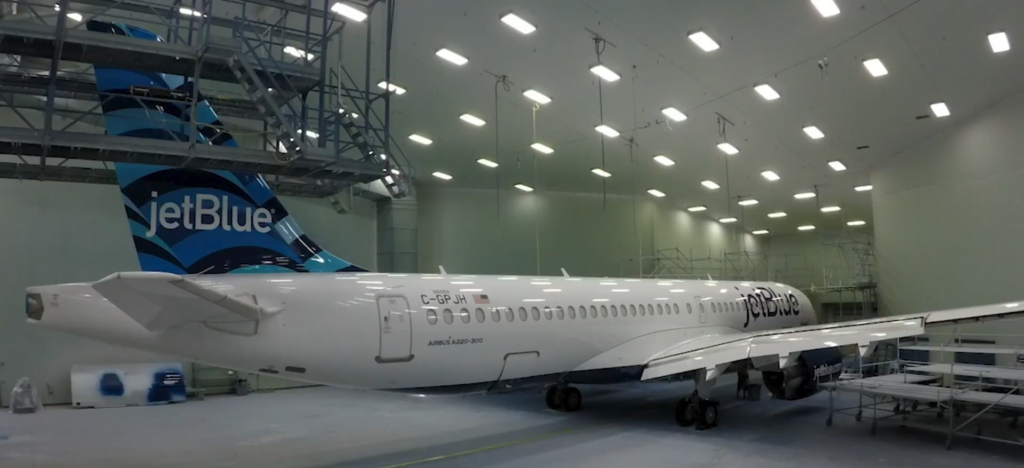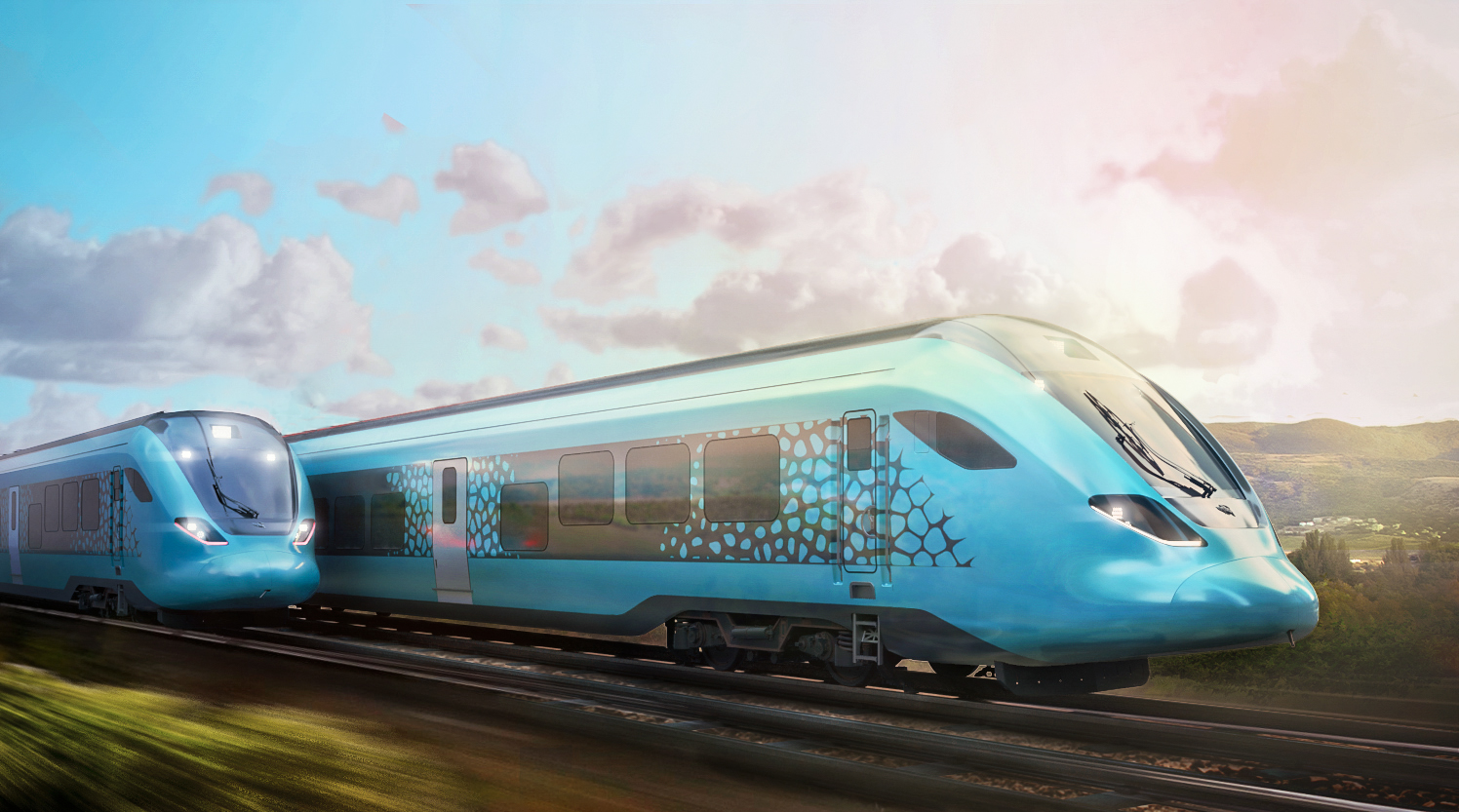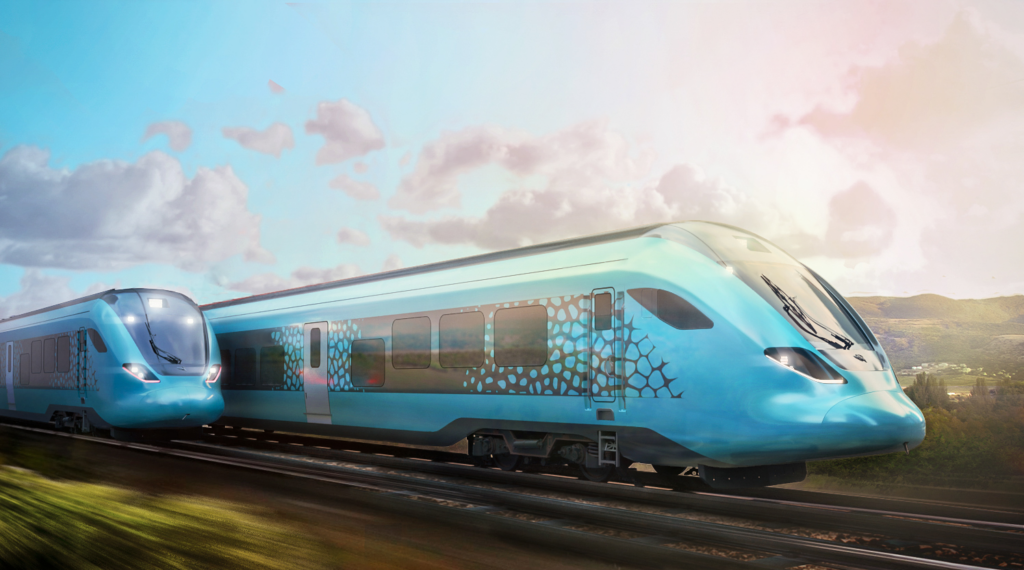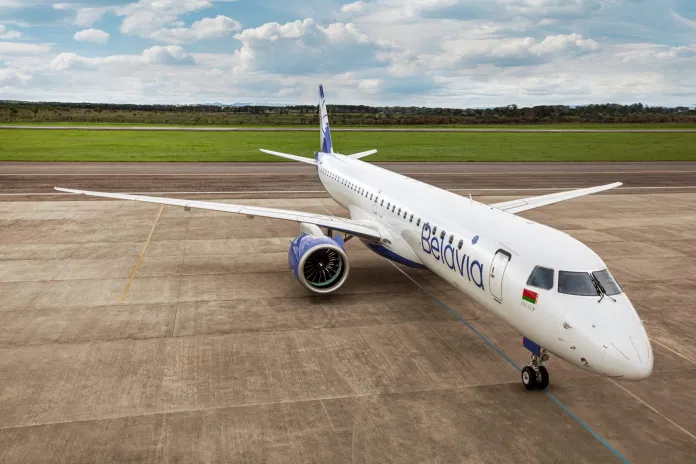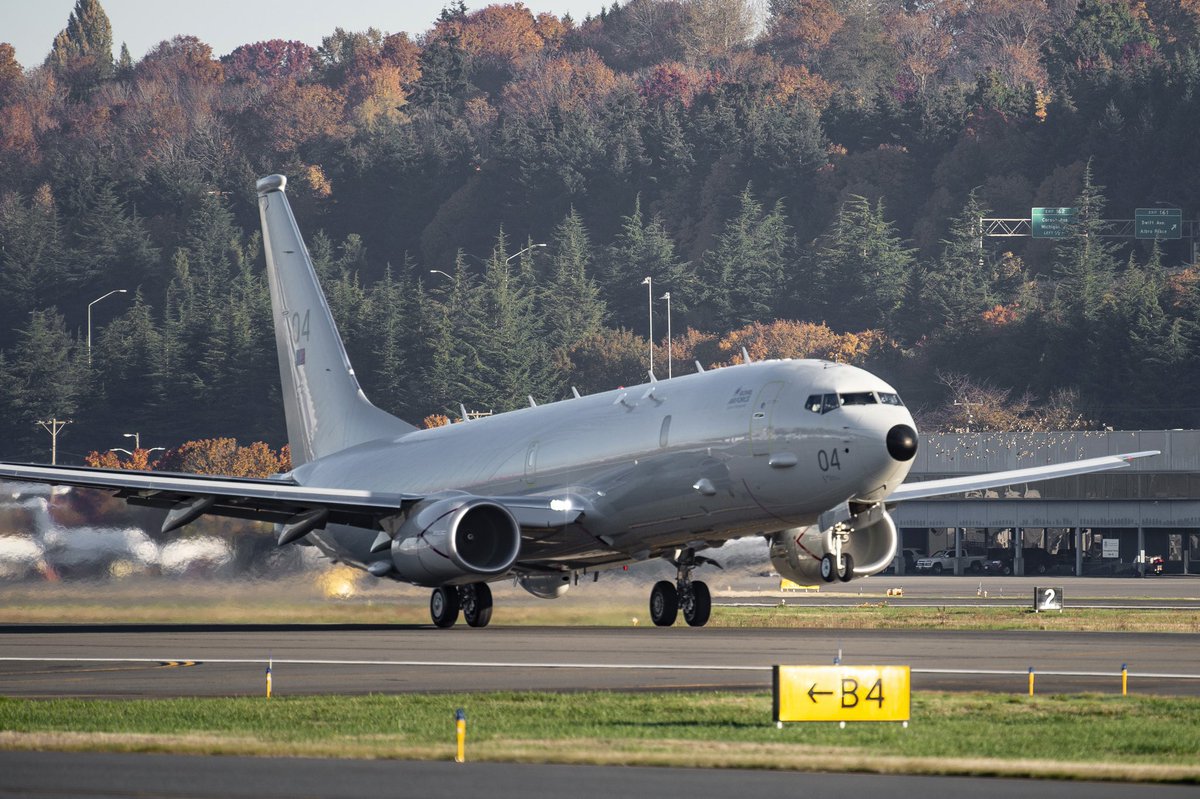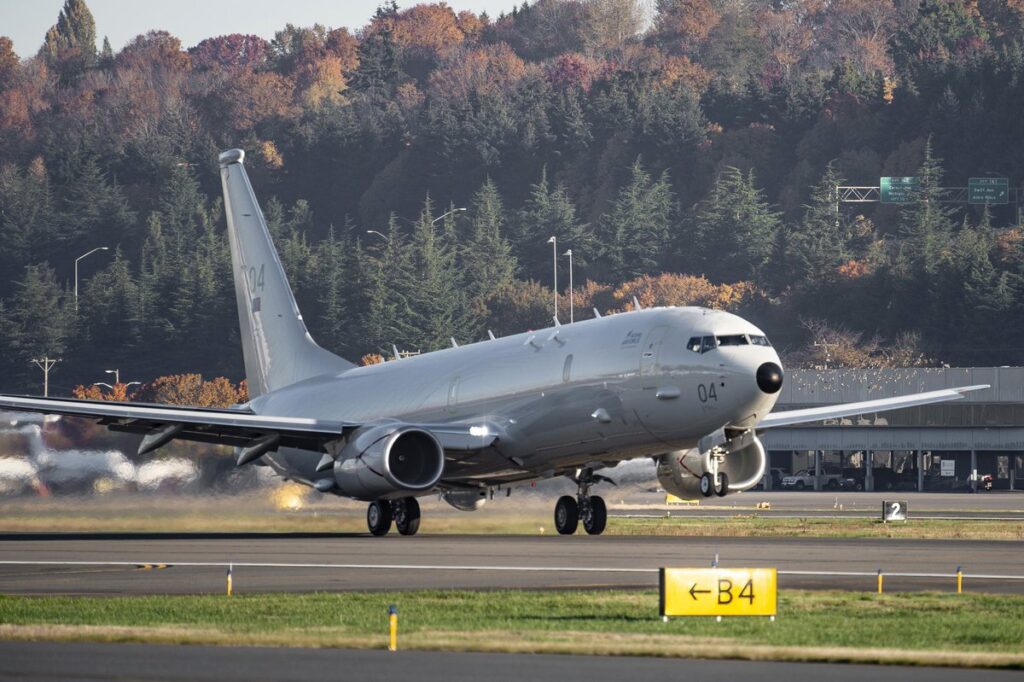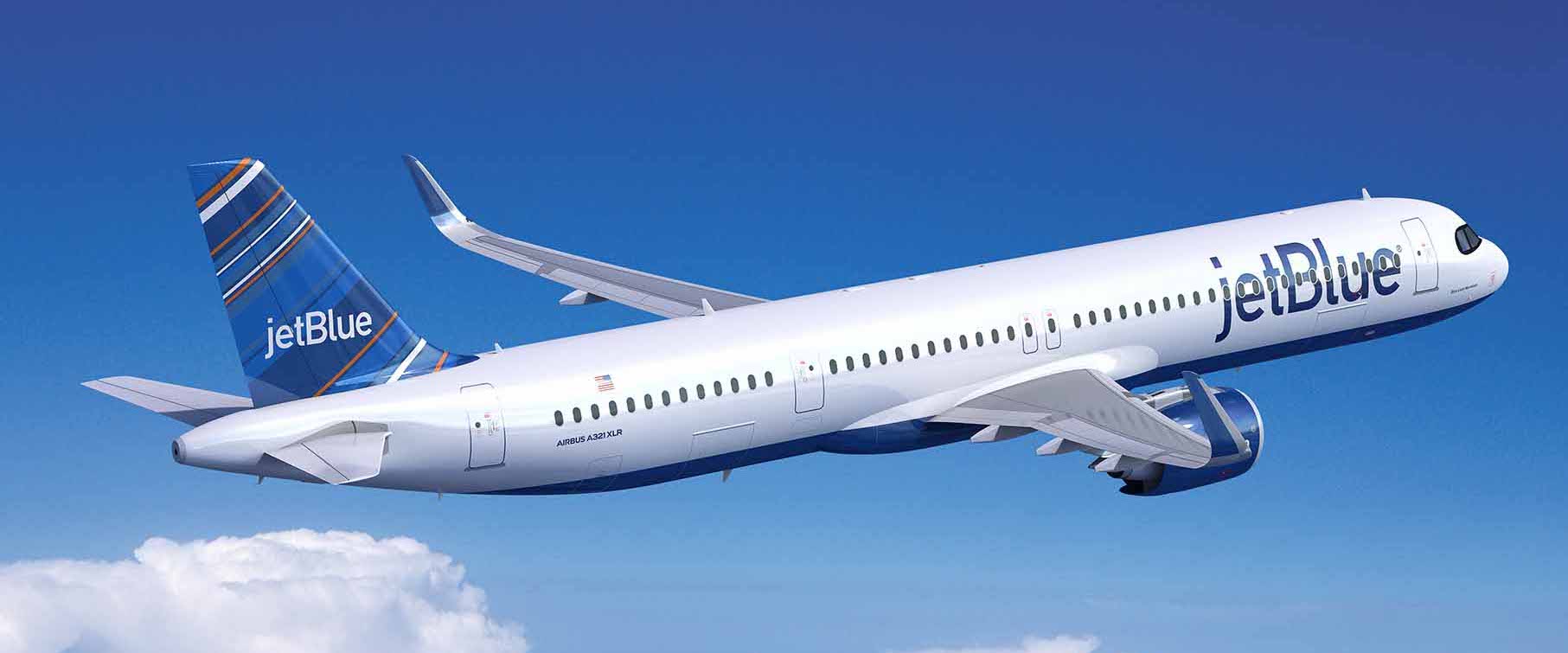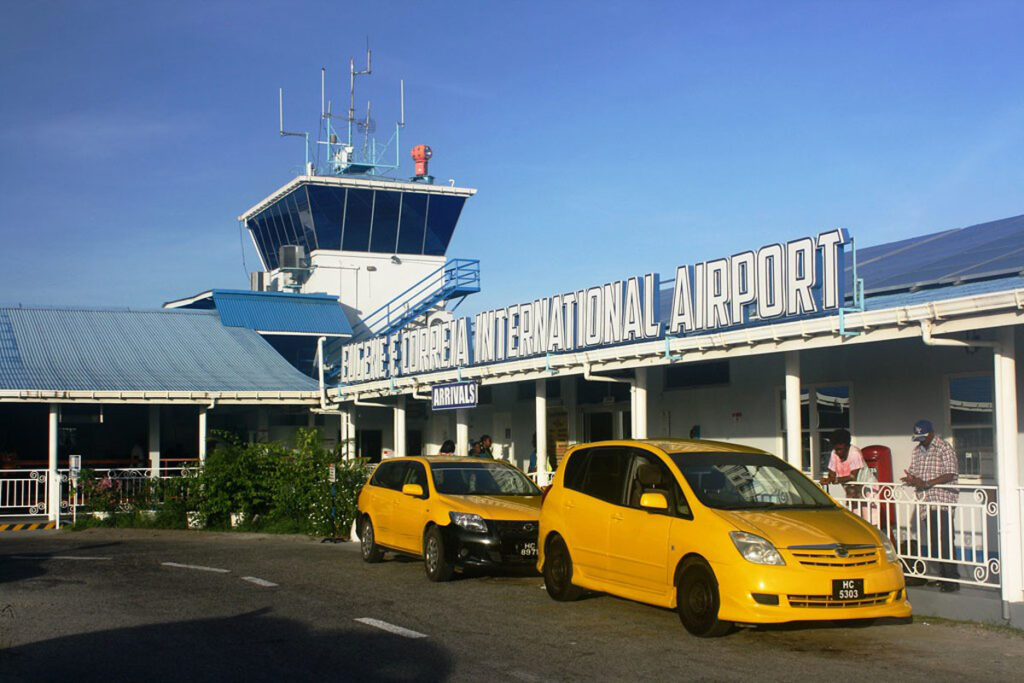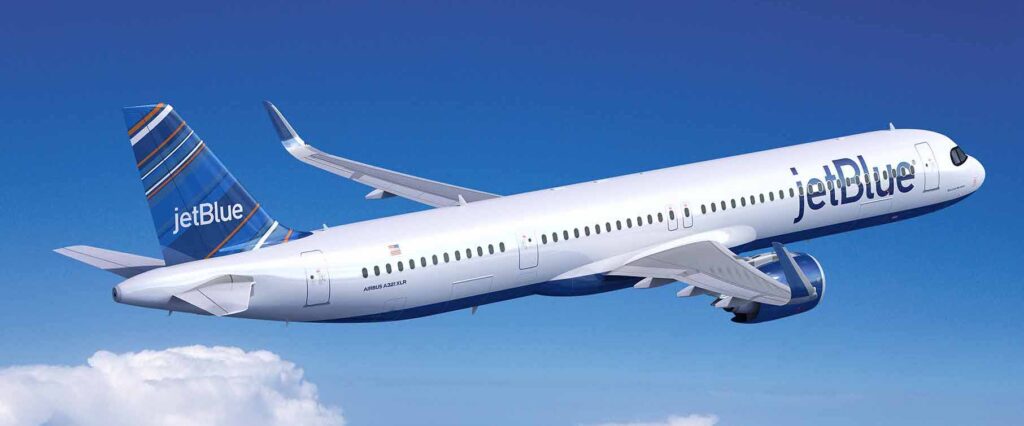SAS has selected CFM International LEAP-1A engines to power its new fleet of 35 A320neo family aircraft ordered in 2018. This agreement also includes eight spare engines. In addition, SAS has signed with CFM a Rate-Per-Flight-Hour (RPFH) support agreement to cover its new fleet of LEAP-1A engines, including spares, as well as 15 additional LEAP-1A-powered A320neo on lease.
This new agreement is part of SAS’ fleet upgrade program that aims to improve efficiency and sustainability performances. SAS has been at the forefront of introducing technologies that reduce the impact of aviation on the environment, as well as choosing efficient engines to power its fleet.
SAS was a launch customer for CFM’s advanced LEAP-1A engine that it selected in 2011 to power the first batch of 30 A320neo. SAS currently operates 44 A320neo aircraft and 1 A321neo LR powered by the fuel-efficient LEAP engine and plans to introduce two additional A321neo LR.In total SAS orders for purchased and leased aircraft placed in 2011 and 2018 will enable SAS to increase the fleet of A320neo to 80.
CFM International’s advanced LEAP-1A engine continues to set a new industry standard for fuel efficiency and asset utilization, logging more than seven million engine flight hours in commercial operations. The fleet is demonstrating a 15 percent better fuel consumption and CO2 reductions as well as a significant improvement in noise emissions compared to the best CFM56 engines.
